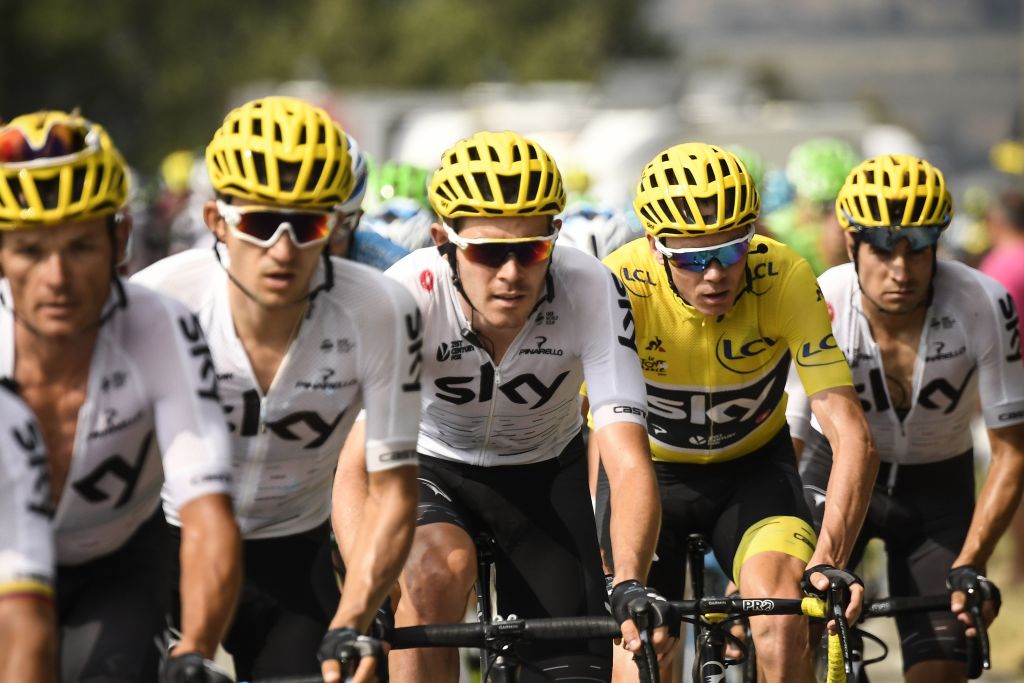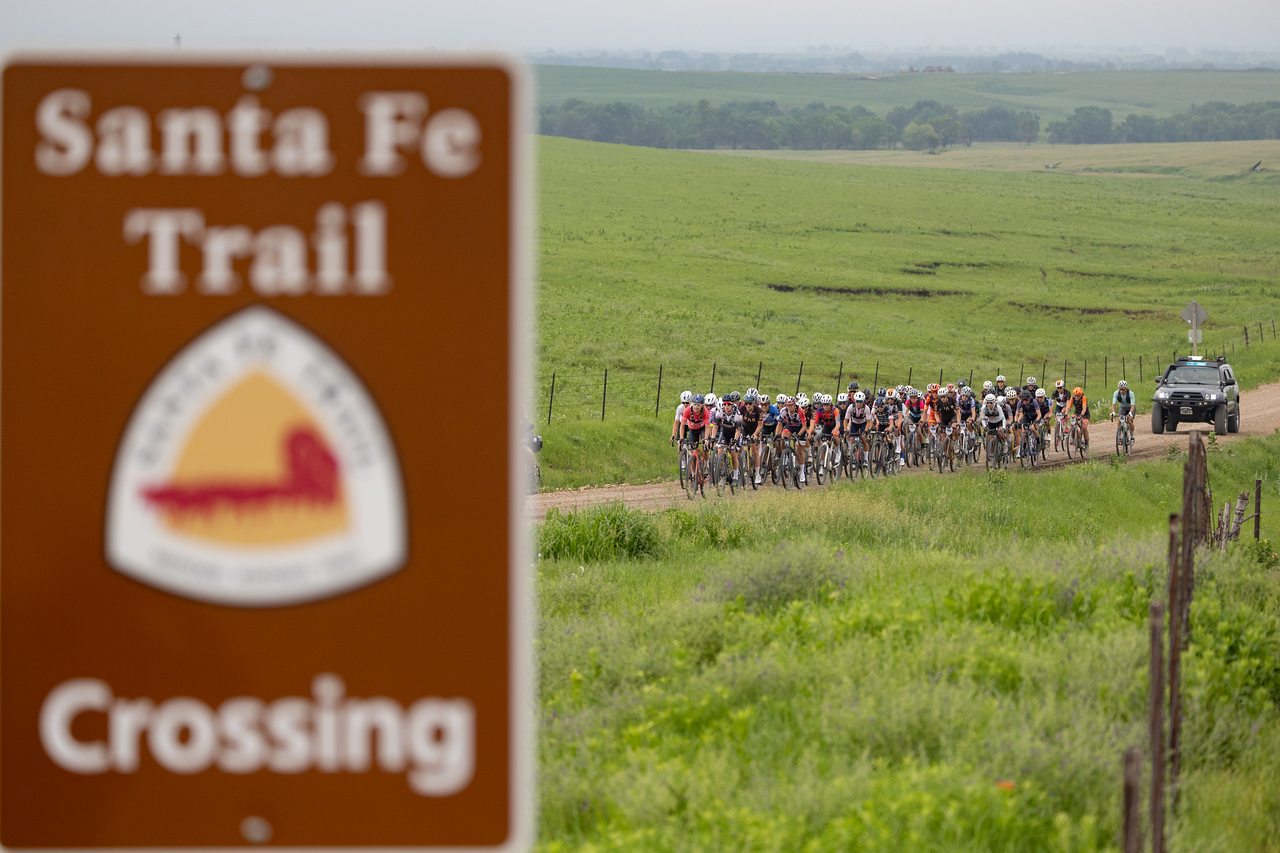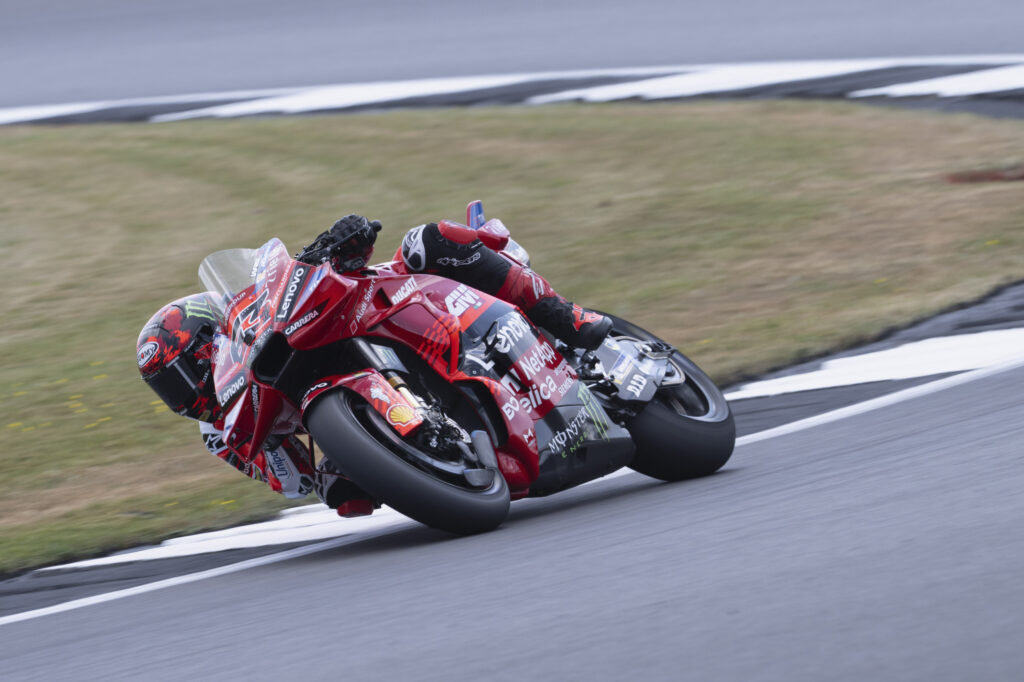Discreetly tucked into the Pittsburgh suburbs lies a 122-year-old brute that has become synonymous with the toughest test in the game: the United States Open. Founded by Henry Fownes as a Darwinian test of man versus golf, Oakmont Country Club has hosted nine U.S. Opens, the most of any club, and welcomes its 10th this summer.
Oakmont is an organization with deep respect for the game, its history and the penal golf Fownes envisioned when he built the links-style course.
“If you don’t hit the perfect shot every shot, you’re going to be punished for it. That’s what he wanted,” Oakmont archivist David Moore says. “That’s why here we are, some 120 years later, it’s still probably the most difficult test of golf at least in the United States, maybe the world.”
Nearly a century ago, the Fownes perfectly summed up the difficulty of Oakmont with a line that could adorn the gates of the famed country club: “A shot played poorly is a shot irrevocably lost.”
It’s a statement as true today as it was back then. Oakmont’s mettle-testing demands are reflected in the giants who have conquered them.
Ben Hogan, Jack Nicklaus, Johnny Miller, Ernie Els and Dustin Johnson all won U.S. Opens at Oakmont. Gene Sarazen and Sam Snead won PGA Championships here. Palmer, Woods, Watson and Hagen all came close. Bobby Jones won the U.S. Amateur in 1925. Put simply, there are no flukes at Oakmont.
“Ten of our 20 champions are in the Hall of Fame,” Moore says. “The best of the best win here.”
And they are celebrated. While Oakmont’s penalizing Church Pew bunkers and diabolical greens are familiar to most, there are a handful of lesser known, wonderful places on property where you can explore the history, soul and DNA of this legendary club.
Entryway
;)
Keith E. Morrison
Oakmont’s clubhouse is a window into one of American golf ’s most consequential families. You’re immediately greeted by a painting of Henry Fownes and four distinct trophies that signify the history made here. Oakmont is one of only three clubs to host the U.S. Open, U.S. Women’s Open and U.S. Amateur both pre- and post-1926.
History Hall
;)
Keith E. Morrison
;)
Keith E. Morrison
;)
Keith E. Morrison
Enter History Hall and walk back through time to relive Oakmont’s past U.S. Opens and the players who survived them. Johnny Miller’s putter from his 63 in 1973 lives here, as do Angel Cabrera’s 2007 cigarette butts and the iconic “Changing of the Guard” photo from when Jack beat Arnie in 1962. “It’s like Cooperstown or Canton,” Moore says. “It’s like our Hall of Fame.”
Walkway from 18 green
;)
Keith E. Morrison
Inspired by the Montreal Canadiens’ Stanley Cup display, members created half-size trophies for each U.S. Open they’ve hosted, skirting USGA bylaws. Nine trophies engraved with the year and winner’s name greet you on the walk in from 18. Of course, the next four are already in place in anticipation of the 2025, 2033, 2042 and 2049 Opens that will take place here. At Oakmont, there’s no need to wait for the history that’s destined to happen.
Swat room
;)
Keith E. Morrison
One of golf ’s most exclusive fraternities, a four-man best-ball Nassau called the Swat games, has convened at Oakmont three times a week since at least 1955. The results of each game are scribbled in a ledger and stored in the room where members relax after their matches. Legendary names like Palmer and Boros grace the pages. “It could be snowing. They’ll go out,” Moore says. “It’s part of the DNA.”
Spalding 1919 ball
;)
Keith E. Morrison
It’s the ball that defeated Bobby Jones. In the 1919 U.S. Amateur, Pittsburgh native and Oakmont member Dave Herron defeated a 17-year-old Jones to win the first national championship hosted by the prestigious club. Herron’s ball from that historic win sits in the same case as a rare bust of Jones, making sure the two remain linked at Oakmont.
Dorm room
;)
Keith E. Morrison
On the third floor of Oakmont’s clubhouse are dorms where guests stay when they make their pilgrimage to golf Mecca. Recently renovated, the dorms once housed the aforementioned Jones when he won the 1925 U.S. Am. At least, that’s how legend has it. There’s no proof Jones stayed there but count the tale as another part of Oakmont’s mystique.
Locker room
;)
Keith E. Morrison
The men’s locker room is a piece of Oakmont’s soul. There’s no air-conditioning and probably never will be. When new lockers are built, they use the same wood and lattice as the originals. The wood benches from 1903 remain with spike marks from Hogan, Arnie, Jack and Tiger, serving as tangible links to Oakmont’s championship history.


;)










